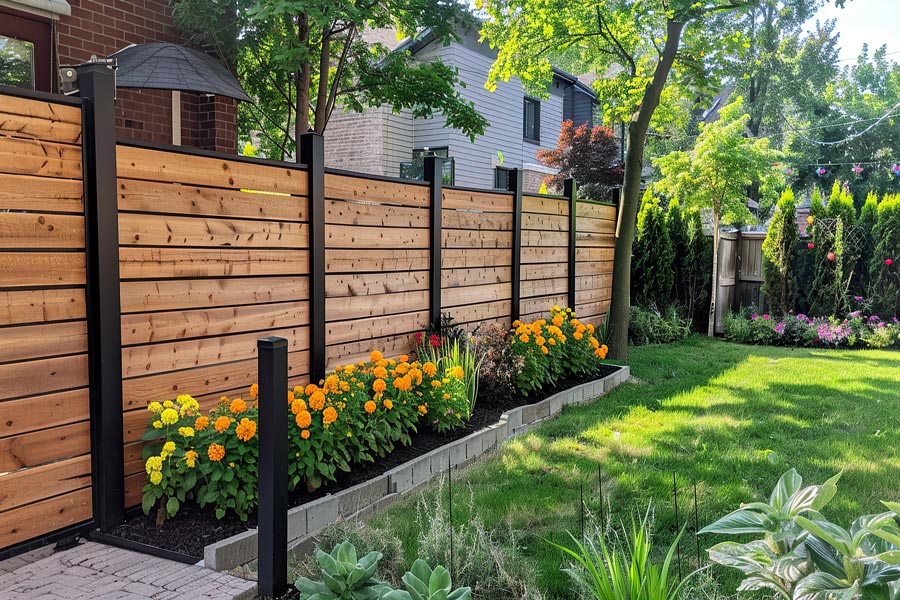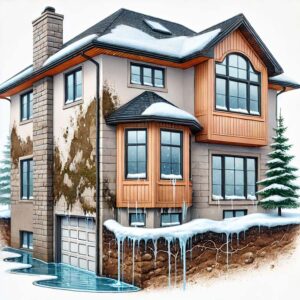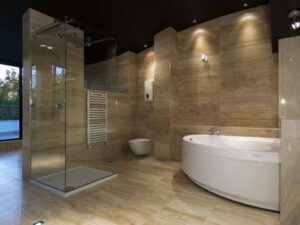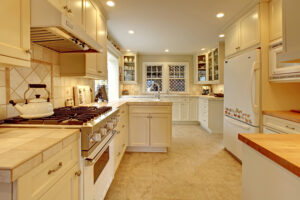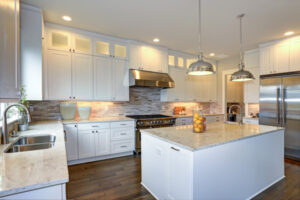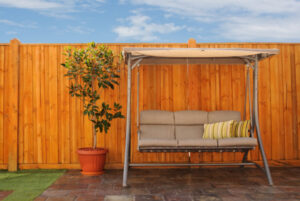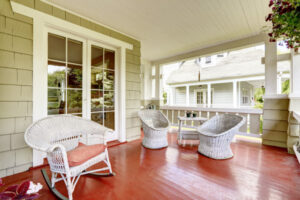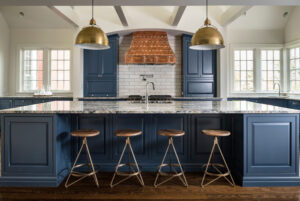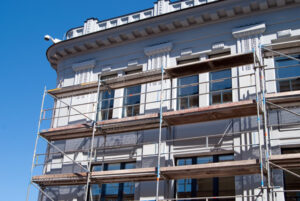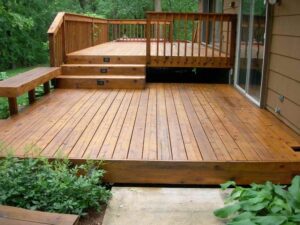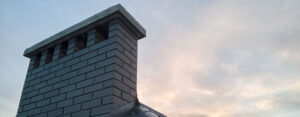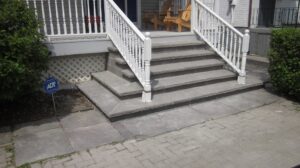When it comes to enhancing your home’s curb appeal and security, choosing the perfect fence is a decision that warrants careful consideration. A fence not only defines boundaries but also adds character and style to your property. With an array of materials, designs, and functionalities available, selecting the right fence can feel overwhelming. Do you prioritize aesthetics, durability, or privacy? Perhaps you seek a solution that combines all three!
In this comprehensive guide, we’ll explore the various fencing options available on the market today, catering to your unique needs and preferences. From classic wooden pickets to modern metal designs, we’ll dive into the pros and cons of each type, helping you identify the best match for your home. Additionally, we’ll discuss how to balance style with security, ensuring that your choice contributes to both your property’s beauty and safety. Let’s embark on this journey to find the ideal fence that elevates your home while safeguarding what matters most.
Understanding the Importance of Fencing
When it comes to defining the boundaries of your property, fencing plays a crucial role. It not only marks the perimeter of your home but also offers a sense of privacy and security. Without a fence, your property might feel exposed and vulnerable. A well-chosen fence can transform an open space into a secluded sanctuary, providing a buffer from the outside world and enhancing your sense of safety.
Fencing serves various purposes, depending on individual needs and preferences. For families with children and pets, a sturdy fence ensures that they can play freely within a safe environment. It prevents unauthorized access and deters potential intruders, contributing significantly to the security of your home. Additionally, a well-installed fence can block unwanted noise and create a more peaceful living space.
Beyond security and privacy, fences also play a pivotal role in enhancing the aesthetic appeal of your property. The right fence can complement your home’s architectural style, adding beauty and charm. It serves as a design element that can elevate the overall look of your landscape, making it more inviting and attractive. Therefore, choosing the perfect fence is not just about functionality; it’s also about creating a visually appealing and harmonious outdoor space.
Types of Fencing Materials: Pros and Cons
When selecting a fence, the choice of material is paramount. Different materials offer varying levels of durability, maintenance, and aesthetic appeal. Understanding the pros and cons of each type can help you make an informed decision that aligns with your needs and preferences.
Wooden Fences
Wooden fences are a classic choice, cherished for their natural beauty and versatility. They can be customized with different styles and stains, allowing homeowners to achieve the desired look. However, wooden fences require regular maintenance to prevent rot, insect damage, and weathering. While they offer great aesthetic value, their longevity depends on proper care and upkeep.
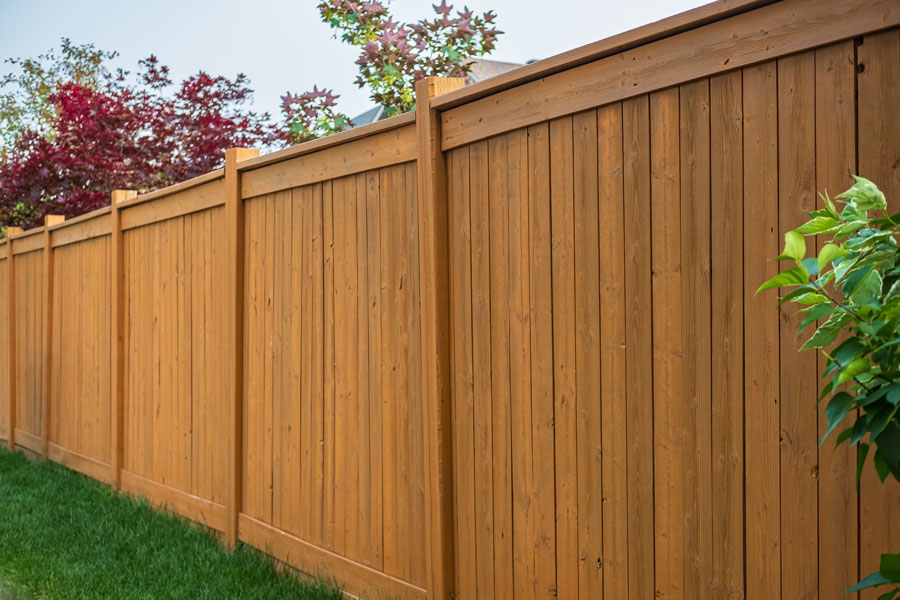
Vinyl Fences
Vinyl fences have gained popularity due to their durability and low maintenance. Unlike wood, vinyl does not rot or warp, making it a long-lasting option. They come in various styles and colors, providing flexibility in design. However, vinyl fences can be more expensive upfront compared to wood, and their appearance may not appeal to those who prefer a more natural look.
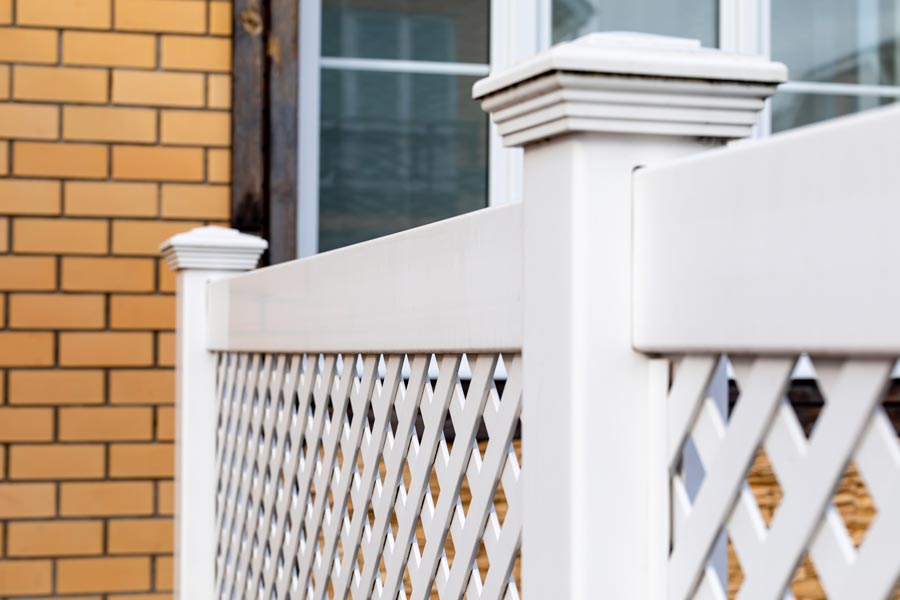
Metal Fences
Metal fences, including wrought iron and aluminum, are known for their strength and security. They offer a sleek, modern aesthetic that can enhance contemporary home designs. Metal fences are relatively maintenance-free and resistant to damage, but they can be prone to rust if not properly treated. They also tend to be more costly than other materials.
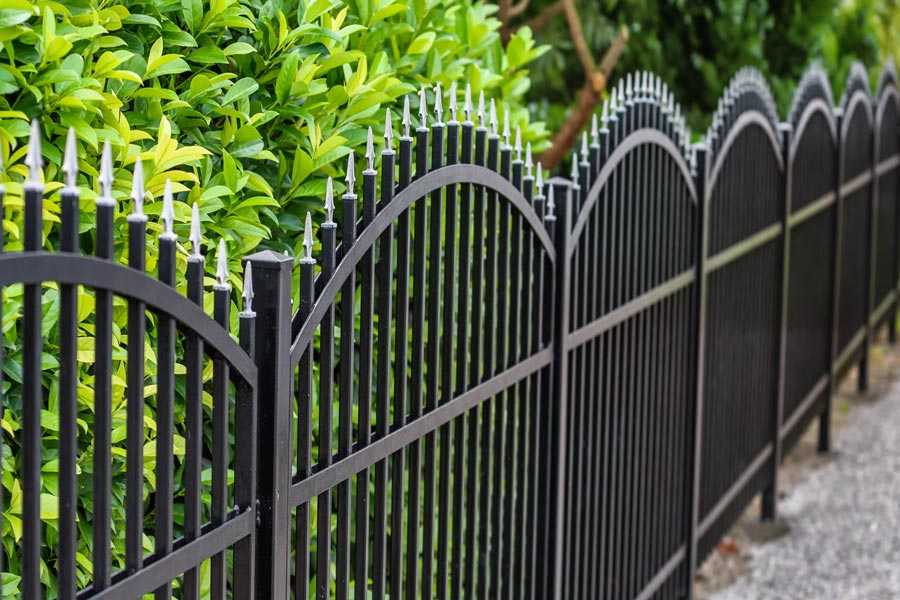
Chain-Link Fences
Chain-link fences are a practical and affordable option, often used for security purposes. They are easy to install and require minimal maintenance. While they are highly durable, chain-link fences lack the visual appeal of other types and do not provide much privacy. They are commonly used in commercial settings and less frequently in residential areas.
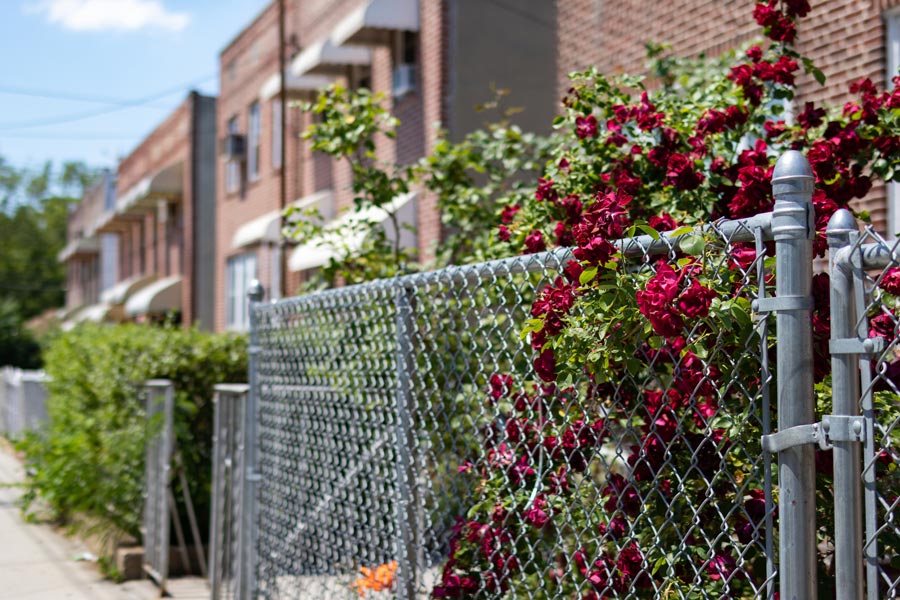
Composite Fences
Composite fences combine wood fibers and plastic, offering the best of both worlds in terms of appearance and durability. They are resistant to rot and insect damage, requiring less maintenance than wood. However, composite fences can be expensive, and their installation may be more complex. They are an excellent choice for those who want a natural look with added durability.
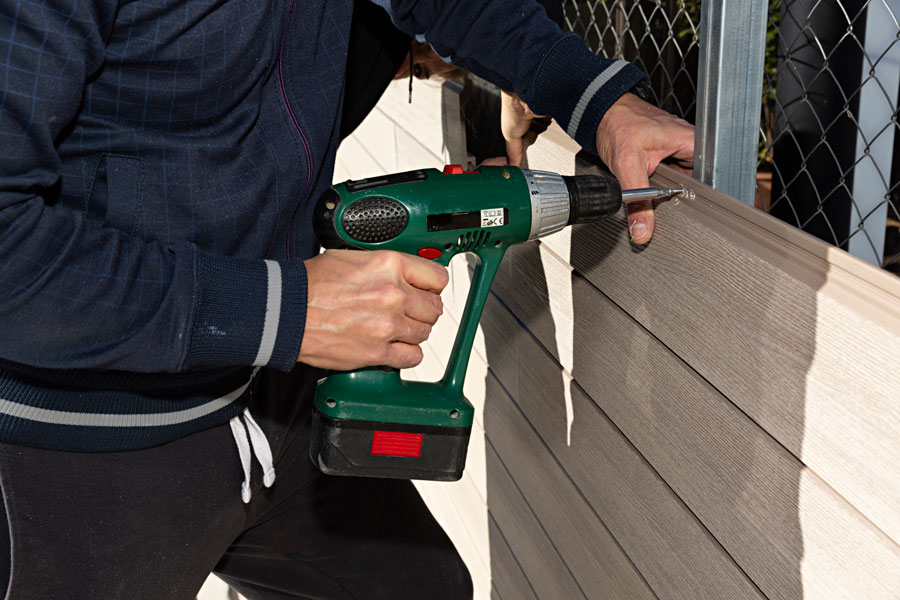
Factors to Consider When Choosing a Fence
Choosing the perfect fence involves considering several factors that go beyond aesthetics. Each homeowner has unique needs and preferences, and these should guide the decision-making process.
Purpose of the Fence
The primary purpose of the fence should be the first consideration. Are you looking to enhance privacy, improve security, or simply add to the curb appeal of your home? For privacy, taller fences with solid panels are ideal. For security, a sturdy fence with minimal gaps is necessary. If aesthetics are your main concern, a decorative fence that complements your home’s architecture will be the best choice.
Climate and Environment
The climate and environment where you live should influence your choice of fencing material. For instance, wooden fences may not be suitable for areas with high humidity or frequent rainfall, as they can rot and deteriorate quickly. Vinyl and metal fences are better suited for harsh weather conditions, as they are resistant to damage and require less maintenance.
Budget Constraints
Your budget will play a significant role in determining the type of fence you can afford. While wooden fences might be cheaper upfront, they could incur higher maintenance costs over time. On the other hand, materials like vinyl and metal are more expensive initially but offer long-term savings due to their durability and low maintenance requirements.
Neighborhood Aesthetics
It’s important to consider how your chosen fence will blend with the overall aesthetics of your neighborhood. A fence that stands out too much might not be well-received by neighbors or conform to local regulations. Choose a design and material that complements the surrounding homes and landscape to ensure harmony and visual appeal.
Enhancing Curb Appeal with the Right Fence Design
A well-designed fence can significantly enhance the curb appeal of your home, adding charm and character to your property. The design of your fence should complement your home’s architectural style and landscape, creating a cohesive and visually appealing look.
Matching Architectural Style
The architectural style of your home should guide your fence design choice. For instance, a rustic wooden fence might be perfect for a country-style home, while a sleek metal fence would suit a modern, minimalist design. Matching the fence to your home’s architecture ensures that it enhances the overall aesthetic rather than detracts from it.
Incorporating Decorative Elements
Decorative elements can elevate the look of your fence, making it a standout feature of your property. Consider adding lattice panels, intricate scrollwork, or ornamental post caps to enhance the design. These details can add sophistication and elegance, making your fence an eye-catching addition to your landscape.
Color and Finish
The color and finish of your fence can significantly impact its visual appeal. Choose a color that complements your home’s exterior palette. Natural wood stains provide a warm, classic look, while bold colors can make a statement. Additionally, consider the finish – glossy finishes offer a sleek appearance, while matte finishes provide a more subdued, sophisticated look.
Landscaping Integration
Integrating your fence with the surrounding landscape can create a harmonious outdoor space. Planting shrubs, flowers, or climbing vines along the fence can soften its appearance and add natural beauty. Landscaping elements can also provide additional privacy and security, enhancing the functionality of your fence.
Security Features to Look for in a Fence
While aesthetics are important, security is a crucial consideration when choosing a fence. A well-designed fence should provide a robust barrier to protect your property from intruders and ensure the safety of your family.
Height and Structure
The height and structure of your fence play a significant role in its security capabilities. Taller fences are more challenging to climb, deterring potential intruders. Solid structures with minimal gaps prevent easy access and provide a stronger barrier. Consider a fence that is at least six feet tall to ensure optimal security.
Locking Mechanisms
Secure locking mechanisms are essential for gates and access points. Choose high-quality locks that are resistant to tampering and provide reliable security. Keyed locks, padlocks, and electronic locks are all viable options, depending on your preference and budget. Ensure that gates are reinforced and well-constructed to prevent forced entry.
Visibility and Surveillance
Fences that allow for visibility can enhance security by enabling surveillance of the surrounding area. For instance, metal or chain-link fences provide visibility while maintaining a barrier. Installing security cameras or motion sensors along the fence can further enhance monitoring capabilities, providing an additional layer of protection.
Reinforcement and Durability
Choose materials that offer durability and resistance to damage. Metal fences, particularly wrought iron and aluminum, are highly durable and difficult to breach. Reinforcing wooden fences with metal posts or concrete footings can also enhance their strength. Ensure that the fence is built to withstand external forces and potential tampering.
Local Regulations and Permits for Fencing
Before installing a fence, it’s essential to understand local regulations and obtain the necessary permits. Compliance with local laws ensures that your fence is legally sound and avoids potential disputes with neighbors or authorities.
Zoning Laws and Property Lines
Zoning laws govern the installation of fences, dictating where and how tall they can be. Research local zoning regulations to ensure that your fence complies with height restrictions, setback requirements, and property line boundaries. Accurate property line identification prevents encroachment on neighboring properties.
Homeowners Association (HOA) Guidelines
If you live in a community with a homeowners association (HOA), review their guidelines for fencing. HOAs often have specific rules regarding fence design, material, and height to maintain uniformity within the neighborhood. Adhering to these guidelines ensures that your fence is approved and avoids fines or disputes.
Building Permits
Many localities require building permits for fence installation. Check with your local municipality to determine if a permit is needed and the application process involved. Obtaining a permit ensures that your fence meets safety and construction standards, avoiding potential legal issues down the line.
Historic Districts
If your property is located in a historic district, additional regulations may apply. Historic districts often have strict guidelines to preserve the architectural integrity of the area. Consult with local preservation authorities to ensure that your fence design and materials comply with these regulations.
Maintenance Tips for Different Fence Types
Proper maintenance ensures the longevity and aesthetic appeal of your fence. Each type of fence requires specific care to keep it in optimal condition and prevent deterioration.
Wooden Fence Maintenance
Wooden fences require regular upkeep to prevent rot, insect damage, and weathering. Apply a sealant or stain every few years to protect the wood from moisture and UV rays. Inspect the fence periodically for signs of damage, such as loose boards or broken panels, and repair promptly. Cleaning the fence with mild soap and water removes dirt and debris, maintaining its appearance.
Vinyl Fence Maintenance
Vinyl fences are low maintenance but benefit from occasional cleaning to keep them looking fresh. Use a garden hose or pressure washer to remove dirt and grime. Avoid using abrasive cleaners that can scratch the surface. Inspect the fence for cracks or damage, and replace any broken sections promptly. Vinyl fences do not require painting or staining, making them a hassle-free option.
Metal Fence Maintenance
Metal fences, including wrought iron and aluminum, are highly durable but can be prone to rust. Regularly inspect the fence for rust spots and treat them with a rust inhibitor or paint. Clean the fence with mild soap and water to remove dirt and debris. Lubricate hinges and locking mechanisms to ensure smooth operation. Metal fences are generally low maintenance, but prompt attention to rust or damage is crucial.
Chain-Link Fence Maintenance
Chain-link fences are easy to maintain and require minimal upkeep. Periodically inspect the fence for signs of damage, such as bent or broken links, and repair as needed. Clean the fence with a garden hose to remove dirt and debris. Apply a rust-resistant coating to prevent corrosion. Chain-link fences are durable and practical, making them a low-maintenance option.
Composite Fence Maintenance
Composite fences are resistant to rot and insect damage, requiring minimal maintenance. Clean the fence with mild soap and water to remove dirt and stains. Inspect the fence for any signs of damage and repair promptly. Composite fences do not require painting or staining, making them a low-maintenance and durable choice.
Cost Considerations: Budgeting for Your Fence
Budgeting for a fence involves considering both initial costs and long-term expenses. Different materials and designs vary in price, influencing your overall budget.
Initial Costs
The initial cost of a fence depends on the material, height, and length. Wooden fences tend to be more affordable upfront, while vinyl and metal fences are higher in initial cost. Composite fences are generally the most expensive due to their durability and aesthetic appeal. Consider obtaining multiple quotes from contractors to compare prices and find a cost-effective option.
Long-Term Expenses
Long-term expenses include maintenance, repairs, and potential replacements. Wooden fences require regular staining and sealing, incurring ongoing costs. Vinyl and metal fences are low maintenance and may offer savings over time due to their durability. Factor in the long-term expenses when budgeting for your fence to ensure it remains in good condition.
Installation Costs
Installation costs vary depending on the complexity and labor involved. Professional installation ensures that the fence is correctly installed and meets safety standards. DIY installation may save money but requires time, effort, and expertise. Weigh the cost of professional installation against the potential savings of a DIY approach.
Financing Options
Consider financing options if the upfront cost of the fence exceeds your budget. Many contractors offer financing plans, allowing you to pay in installments. Explore loan options from banks or credit unions to cover the cost of the fence. Financing provides flexibility and enables you to invest in a high-quality fence without straining your finances.
Hiring a Professional vs. DIY Fence Installation
Deciding between hiring a professional and DIY fence installation involves weighing the pros and cons of each approach. Both options have their advantages and challenges.
Professional Installation
Hiring a professional ensures that your fence is installed correctly and meets safety standards. Professionals have the expertise and tools to handle complex installations, ensuring durability and stability. They can also navigate local regulations and obtain necessary permits, saving you time and effort. While professional installation is more expensive, it offers peace of mind and guarantees quality workmanship.
DIY Installation
DIY installation can save money and provide a sense of accomplishment. If you have the skills and tools, installing the fence yourself allows for customization and control over the project. However, DIY installation requires significant time and effort. Mistakes in installation can lead to structural issues and additional costs for repairs. Consider your expertise and the complexity of the project before opting for a DIY approach.
Combination Approach
A combination approach involves hiring a professional for certain aspects of the installation while handling others yourself. For instance, you might hire a professional for post-setting and structural elements while installing panels and decorative features yourself. This approach balances cost savings with professional expertise, ensuring a reliable and aesthetically pleasing fence.
Conclusion: Making the Right Choice for Your Home
Choosing the perfect fence for your home involves careful consideration of various factors, including material, design, security, and budget. A well-chosen fence enhances curb appeal, provides privacy and security, and complements your property’s architectural style.
By understanding the pros and cons of different fencing materials, you can make an informed decision that aligns with your needs and preferences. Consider the purpose of the fence, climate, budget constraints, and neighborhood aesthetics to select a design that enhances your home’s beauty and functionality.
Balancing style with security ensures that your fence contributes to the safety of your property while adding charm and character. Compliance with local regulations and proper maintenance further ensures the longevity and legal soundness of your fence. Whether you opt for professional installation or a DIY approach, the right fence can transform your outdoor space into a secure and visually appealing sanctuary.
Embark on this journey to find the ideal fence that elevates your home while safeguarding what matters most. With careful planning and consideration, you can choose a fence that enhances your property’s beauty, security, and overall value.
